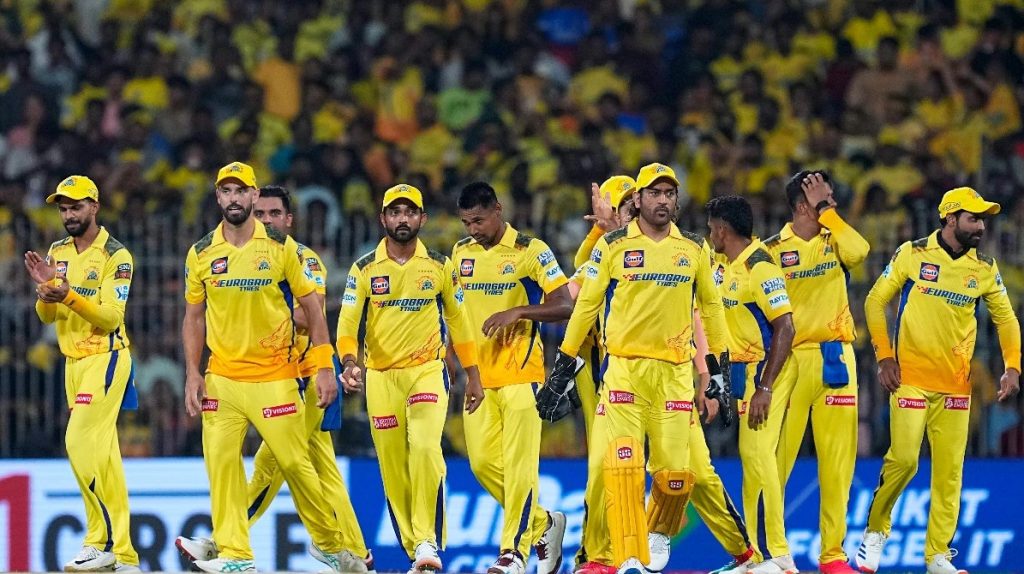NRR : In the world of cricket, there are various statistics and metrics used to analyze a team’s performance. One of the most important of these is Net Run Rate (NRR), which plays a crucial role in determining rankings in tournaments like the Indian Premier League (IPL), Big Bash League (BBL), and major international cricket events like the ICC World Cup.
This article will explore the full form of NRR, its significance, how it is calculated, and how it impacts tournament standings. We will also discuss its importance in both league stages and knockout stages and provide examples of NRR’s use in real-life cricket scenarios.
1. What is the Full Form of NRR in Cricket?
NRR stands for Net Run Rate. It is a statistical method used to calculate a team’s overall performance in a tournament, particularly when teams have equal points. It is used to break ties in situations where teams have the same number of points in round-robin tournaments or leagues.
2. How is NRR Calculated?
Net Run Rate is calculated by comparing the rate at which a team scores runs to the rate at which they concede runs. It reflects a team’s overall dominance in a match, factoring in both batting and bowling performances. Here is how NRR is calculated:
NRR Calculation Formula:
- Batting NRR (Total Runs Scored / Overs Faced)
- Bowling NRR (Total Runs Conceded / Overs Bowled)
The formula for Net Run Rate
NRR = Total Runs Scored/Total Overs Faced − Total Runs Conceded/Total Overs Bowled
Steps to Calculate NRR:
- Batting NRR: Calculate the average number of runs a team scores per over across all their matches.
- Bowling NRR: Calculate the average number of runs a team concedes per over.
- Subtract the bowling NRR from the batting NRR to determine the team’s overall Net Run Rate.
3. Understanding NRR with an Example
Let’s say Team A has played two matches in a league, and here are the results:
- Match 1: Team A scores 180 runs in 20 overs, and the opposition scores 150 runs in 20 overs.
- Match 2: Team A scores 200 runs in 20 overs, and the opposition scores 160 runs in 20 overs.
Match 1 NRR Calculation:
- Batting NRR: Team A’s batting rate = 180/20 = 9 runs per over.
- Bowling NRR: Team A’s bowling rate = 150/20 = 7.5 runs per over.
- NRR for Match 1: 9 − 7.5 = +1.5
Match 2 NRR Calculation:
- Batting NRR: Team A’s batting rate = 200/20 = 10 runs per over.
- Bowling NRR: Team A’s bowling rate = 160/20 = 8 runs per over.
- NRR for Match 2: 10 − 8 = +2.0
Total NRR for Team A:
- Total Runs Scored: 180 + 200 = 380 runs
- Total Runs Conceded: 150 + 160 = 310 runs
- Total Overs Faced: 20 + 20 = 40 overs
- Total Overs Bowled: 20 + 20 = 40 overs
Team A’s NRR:
NRR= 380/40 − 310/40 = 9.5−7.75 = +1.75
So, Team A’s Net Run Rate (NRR) is +1.75.
4. The Importance of NRR in Cricket
Net Run Rate is especially important in tournaments where teams play a round-robin format (such as the IPL or World Cup group stages). Here’s why NRR matters:
4.1 Role of NRR in Group Stages
In the league stages, teams play multiple matches, earning points for wins and sometimes ties or no results. However, if two or more teams finish with the same number of points, the NRR comes into play to determine who progresses to the next stage.
- Example: If two teams have 12 points each, but one team has a better NRR than the other, that team will advance to the knockout stages, and the other will be eliminated.
4.2 Importance in Knockout Scenarios
In some situations, NRR may help in deciding the rankings or seeding for the knockout stages (such as semi-finals or finals). This is crucial because higher-ranked teams are often given favorable matchups.
5. Impact of NRR in Major Tournaments: IPL & ICC Tournaments
Let’s take a look at the role NRR played in a few iconic tournaments:
Example 1: IPL 2020 Group Stage
In the Indian Premier League 2020, there was a tie between teams like the Royal Challengers Bangalore (RCB), Delhi Capitals (DC), and Mumbai Indians (MI) based on points. NRR was used to decide the ranking and who advanced to the playoffs. Mumbai Indians had a superior NRR compared to RCB, despite both teams finishing with the same number of points.
| Team | Points | NRR | Result |
|---|---|---|---|
| Mumbai Indians (MI) | 14 | +1.488 | Qualified for Playoffs |
| Royal Challengers Bangalore (RCB) | 14 | +0.175 | Qualified for Playoffs |
| Delhi Capitals (DC) | 14 | -0.173 | Eliminated from Playoffs |
Example 2: ICC World Cup 1992
In the 1992 ICC World Cup, the New Zealand team, despite not winning as many matches as other teams, qualified for the final due to a superior Net Run Rate, which played a pivotal role in eliminating teams like West Indies and Australia during the league stages.
| Team | Matches Played | Points | NRR |
|---|---|---|---|
| New Zealand | 6 | 10 | +0.892 |
| Australia | 6 | 8 | +0.357 |
| West Indies | 6 | 8 | -0.046 |
6. Advantages and Disadvantages of NRR
Advantages:
- Fairness: NRR provides a fair and objective way to decide rankings when teams have equal points.
- Encourages Positive Play: Teams are incentivized to play aggressively rather than settle for a draw or a narrow win, knowing that a high NRR can benefit them.
- Reflects Overall Performance: Unlike points alone, NRR takes into account both batting and bowling strengths, making it a holistic measure of a team’s capability.
Disadvantages:
- Not Always Reliable: In certain cases, such as rain-affected matches, calculating NRR can be difficult, leading to less accurate assessments of team strength.
- Can Be Unpredictable: A team might have a high NRR due to a single large-margin victory, while a consistently strong team might have a lower NRR despite performing well in every match.
- Complex Calculations: For fans and analysts, calculating NRR manually can sometimes be complex, especially when many teams are involved in the tournament.
7. Conclusion: The Significance of NRR in Cricket
In cricket, Net Run Rate (NRR) is a powerful tool for determining team rankings in round-robin and league formats. It serves as a tiebreaker when teams finish with equal points, rewarding teams for their overall dominance throughout the tournament. Although it has some limitations, such as its reliance on mathematical calculations and match conditions, NRR remains an essential aspect of modern cricket tournaments.
By understanding how NRR works and why it’s important, fans, analysts, and players can better appreciate the intricacies of tournament dynamics and the significance of every match result.













